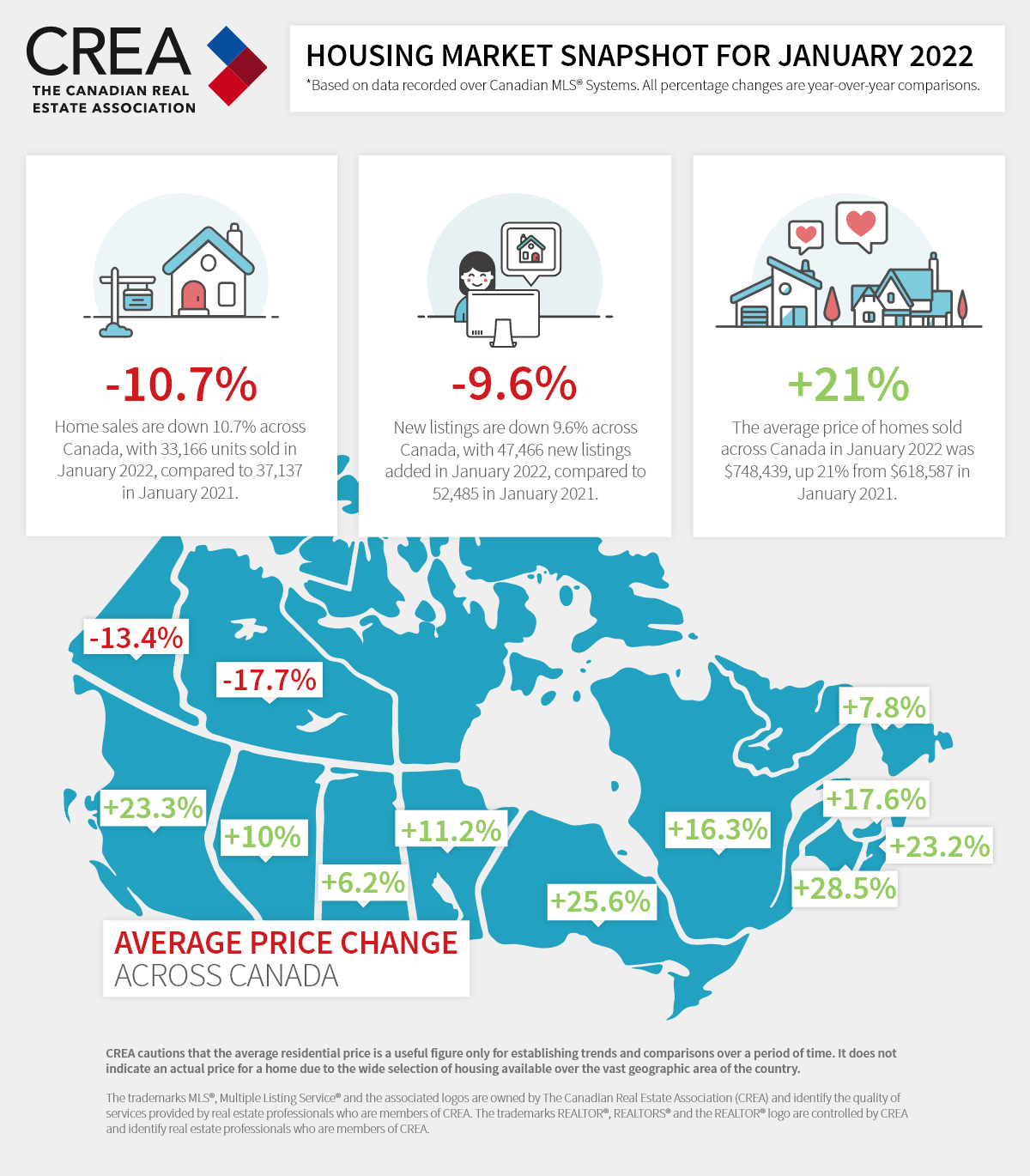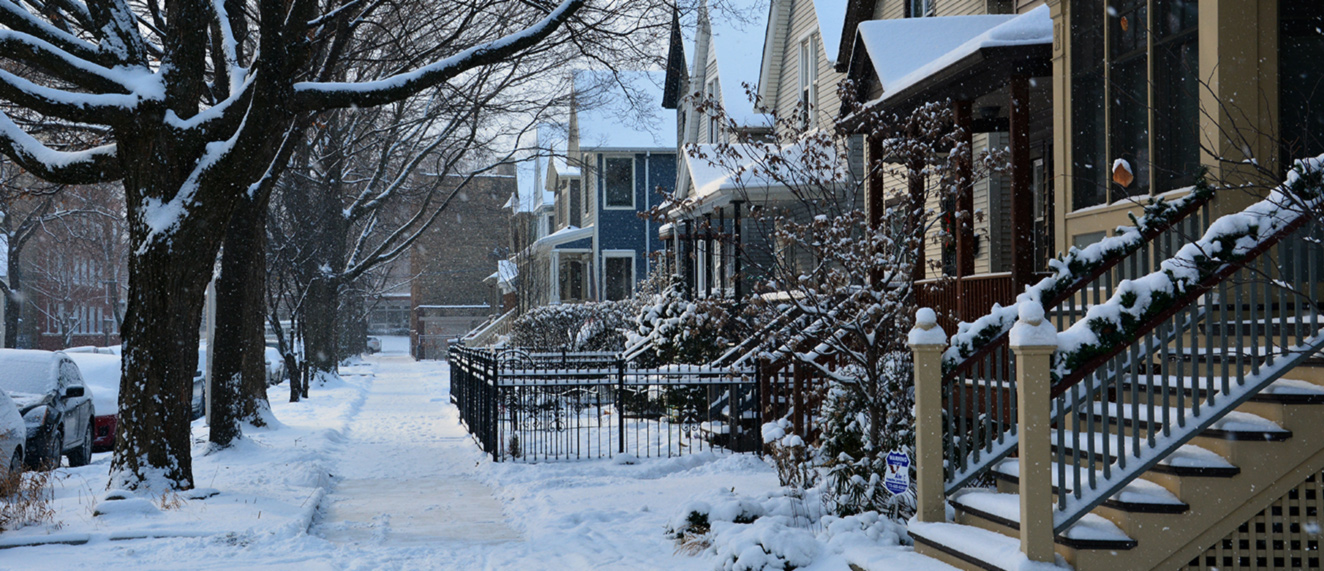On Tuesday, February 15, the Canadian Real Estate Association (CREA) released its national housing statistics for the month of January 2022. Below, CREA’s Senior Economist Shaun Cathcart provides an update on the current state of housing markets in Canada and explains what the data means for members.
The housing market is highly seasonal. I’m writing this in the dead of winter. There aren’t typically a lot of listings at this time of year so, by extension, not a lot of sales, even if everything that becomes available is still selling. For that reason, many people don’t seem to pay as much attention to housing between, roughly, the start of a new school year and the following spring.
Over the last couple of years, I’ve noticed many observers of the real estate market seem surprised in March, that the market has continued to evolve over the six or so months they hadn’t been paying attention to it.
As we head into what might be the most headline-grabbing housing year ever, this blog post is to provide an update for those who may have been sleeping on the real estate market for the past few months.
In 2021, the spring market was a record-setting one. Record number of sales. Record low supply. Record-low months of inventory. Record-high sales to new-listings ratios. Record price growth. So, the question is, how is 2022 shaping up in comparison? Let’s look at some numbers.
The seasonally adjusted number of properties listed for sale on Canadian MLS® Systems on the first day of February 2021 was a little under 125,000 – half of what it was in 2014 and 2015. It was a milestone at the time because after six years of decline it had officially dropped below the previous record-low set all the way back in the fall of 2002, almost 20 years earlier. On the first day of February 2022, that inventory number was 87,000, down another 30% from the previous year.
What about the number of months of inventory? Heading into the spring market of 2021 we had around two and a half months of inventory, a record-low at that time. For reference, the previous national seller’s market of the early 2000s never really dropped below four months of inventory. On January 1, 2022, and again on February 1, 2022, we had just 1.6 months of inventory, almost a full month below levels seen one year ago.
One of the features of the 2021 spring market was a surge in new listings in February and March which led to a huge surge in sales. It would be nice to get something like that again this year.
But, the competition for those 2021 spring listings also resulted in the strongest price growth ever at the time. The seasonally adjusted national MLS® Home Price Index (HPI) aggregate composite benchmark price rose by almost $20,000, or 2.8%, just between January and February 2021, then by that much again between February and March. Big gains.

What you may not know, if you haven’t been paying as much attention since around Halloween, is prices re-accelerated again after last summer’s brief slowdown. Prices were up by that same $20,000 nationally in October 2021, then by another $22,000 in November, then by another $21,000 in December, then by another almost $24,000 in January 2022. Those gains are month-over-month, so they’re cumulative. This means the national benchmark price is up 28% or $183,000 in the last year, with almost half of that increase just in the last four months! It’s entirely possible by the time everyone starts talking again in a month or so about what the housing market is doing, the national benchmark price will already be $100,000 higher than it was in the fall of last year – and pushing $200,000 above where we were to start the spring market last year.
And that’s all before the impact of the 2022 spring market. A housing construction boom is the longer-term solution, but that won’t help relieve any of the pressure in the system this year.
That said, one wildcard to watch out for this year might be the re-emergence of some of the many would-be sellers who have just been hunkered down for the last two years. Pent-up supply if you will. It likely won’t be enough to halt price growth, but it would at least get some people “unstuck” – moving around more – and that would free up some more options for first-time home buyers, even if they’re unlikely to get any more affordable.
Want to learn more? Head on over to creastats.ca.




